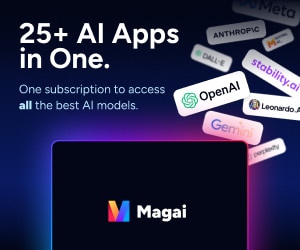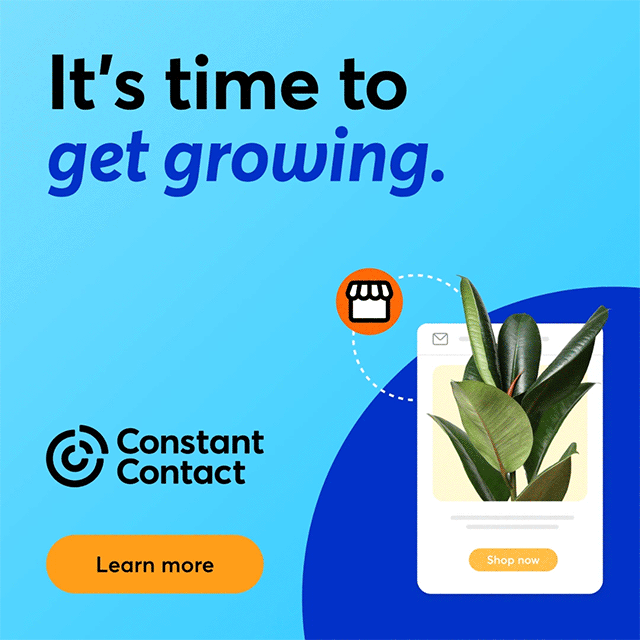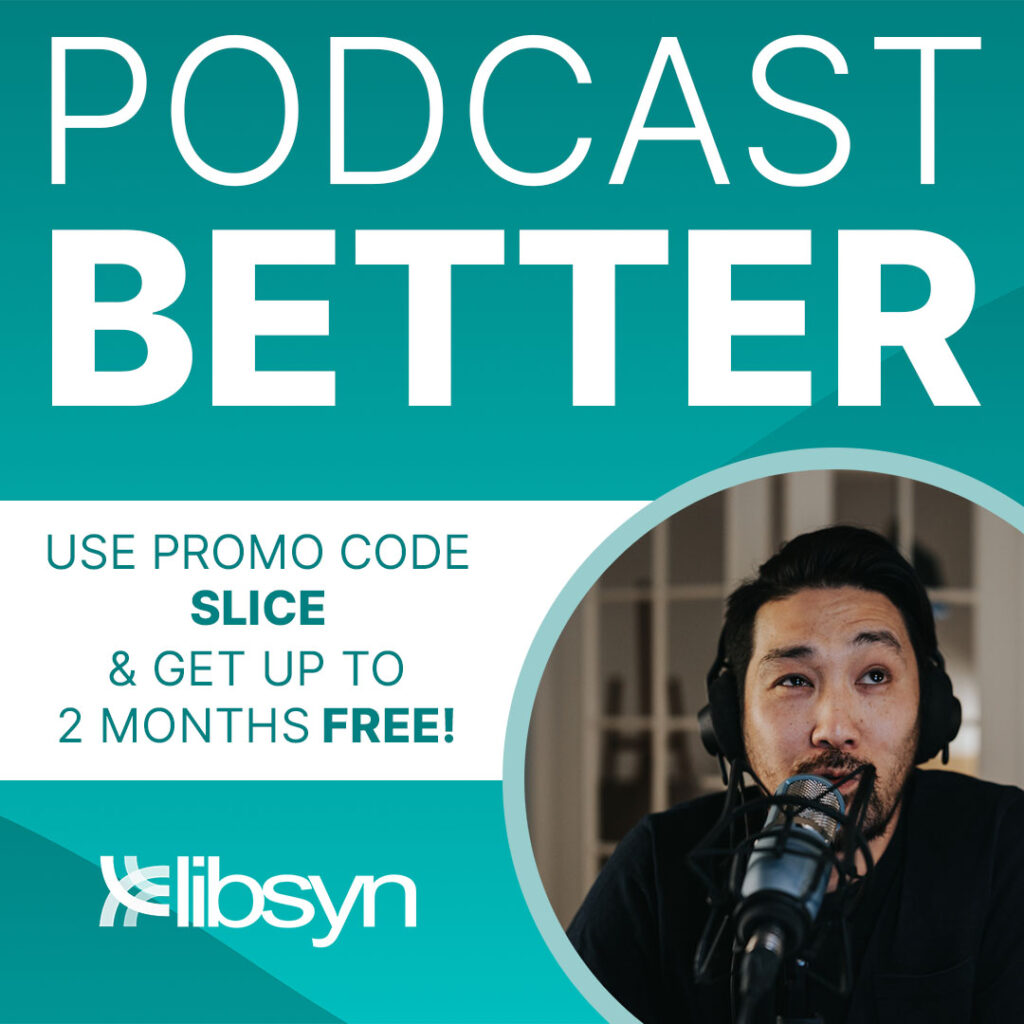 On the heels of “Mobilegeddon,” Facebook rolled out its long-rumored “Instant Articles” project for iPhone users. As an Android user, I must say how tiresome it is to always have to wait months when some new innovation is announced. But I digress.
On the heels of “Mobilegeddon,” Facebook rolled out its long-rumored “Instant Articles” project for iPhone users. As an Android user, I must say how tiresome it is to always have to wait months when some new innovation is announced. But I digress.
Facebook’s plan is to host some news stories directly on its servers and offer them up to users of Facebook’s mobile app faster and richer than ever before. This content will also appear on computers in the user’s news feed just as it normally would. Michael Reckhow, Facebook Product Manager tells us:
People share a lot of articles on Facebook, particularly on our mobile app. To date, however, these stories take an average of eight seconds to load, by far the slowest single content type on Facebook. Instant Articles makes the reading experience as much as ten times faster than standard mobile web articles.
As an ardent mobile user myself, I’d say speed could be the most important feature for any mobile app, so this is definitely a step in the right direction. Once the Android version comes out, of course.

A New Publishing Format
In addition to a faster experience, Instant Articles brings users an entire suite of interactive features, allowing publishers to bring their stories to life in ways they have not been able to before now. Users can zoom in and explore high-resolution photos by tilting their phone. Watch auto-play videos as you scroll through and read stories. Users may also explore interactive maps, listen to audio captions, and even like and comment on individual parts of an article in-line.
Instant Articles was designed to give publishers control over their stories, brand experience and monetization opportunities. Publishers are able to sell ads in their articles and keep the revenue, or they can choose to use Facebook’s Audience Network to monetize unsold inventory. Publishers will also have the ability to track data and traffic through comScore and other analytics tools.
Using existing production tools and standard markup language, publishers may publish any type of article, from daily news coverage to long-form features. Publishers are also able to use standard HTML and RSS feeds to scale entire content libraries in the Instant Articles format and provide a fast, interactive experience for all their readers on Facebook.

Facebook’s initial partners in this rollout include The New York Times, National Geographic, BuzzFeed, NBC and The Atlantic. The UK’s, The Guardian and BBC News, and Germany’s Spiegel and Bild are pushing out content starting on the 13th.
A Platform Publishers Should Really Take A Look At
Toni Box, Director of Social Media, at PM Digital has written extensively on Facebook. In an email exchange Toni told me:
We have already witnessed Facebook’s favoring of link posts over any other post type, by rewarding them with greater organic news feed visibility (which means greater engagement opportunities), especially for those links directing to a high trafficked site. I imagine it’s hard for publisher sites to give up their referral traffic, but on the other hand, if they still have access to valuable audience insights, the ability to provide a better user experience (via faster loading of articles), and an opportunity to further increase subscriptions / ad revenue from their leading source of social media referrals, then the pros could definitely outweigh the cons.
While Toni does not “recommend for approved publishers to move all of their content to Facebook’s publishing platform,” she believes “its user experience benefits make Instant Articles an appealing content distribution tactic for publishers.”

There are a number of additional features publishers should be aware of. Publishers get their logo on top of every story and a “Follow” button readers can click to subscribe to their Facebook page. Publishers may also choose to include authors’ and photographers’ clickable Facebook photos at the top of the story. Clicking on these photos takes readers to their personal profiles where you can subscribe to their public posts.
The Pew Research Center tells us 30% of U.S. adults who use social networking sites regularly get news from Facebook. Certainly this has led to Facebook becoming a primary channel for the distribution of media of all types, resulting in gigantic audiences for publishers. It’s likely Facebook’s hold on the distribution of news will only grow from this point forward.
Do you have anything to add to this post? If so, leave it in the Comments below.
This post originally appeared at socialmediatoday.com







